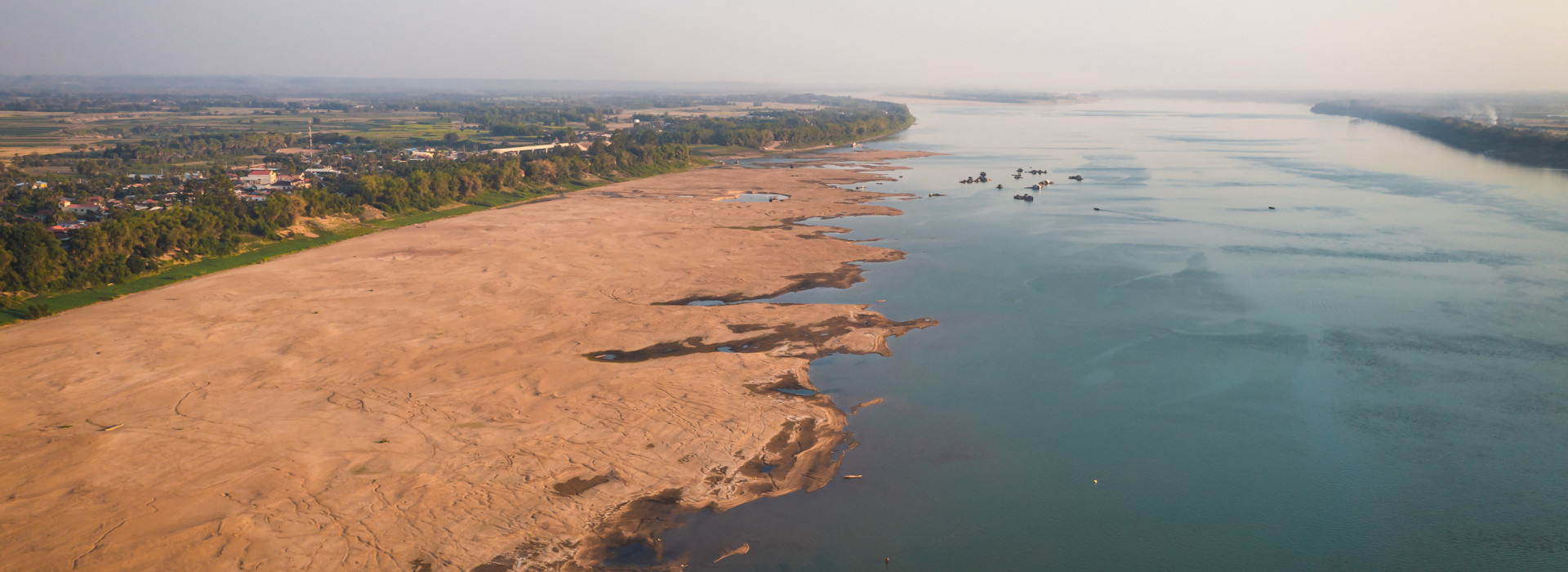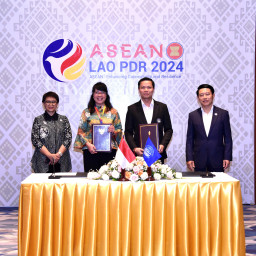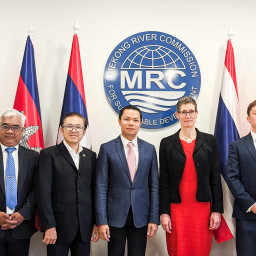Why we should care about fate of the Mekong
Worsening environmental degradation will impact millions
The Mekong River is Southeast Asia’s beating heart, coursing almost 5,000 km through China, where it is known as the Lancang River, and onward through Myanmar, Laos, Thailand and Cambodia before entering Vietnam and flowing into the sea.
More than 70 million people rely on the river, partly or entirely, for their livelihood, and its central role in the economies of the Lower Basin countries cannot be understated. Taken together, Cambodia, Laos, Thailand and Vietnam represent around half the Mekong region’s entire production of rice and fish, a third of tourism, and a large percentage of the region’s energy demands, according to a recent study by the Mekong River Commission (MRC).
But the Mekong’s enduring role as a source of life and livelihoods is facing multiple threats. These threats have been compounded by the COVID pandemic that has created unprecedented economic hardship and worsened environmental degradation.
With incomes decimated by prolonged lockdowns, fishing has intensified. Throughout the basin, communities have faced other existential challenges, including riverbank erosion and reduced replenishment of the Mekong Delta as a result of increased water use and climate change.
We must come together to respond to these challenges to preserve the world’s 12th longest river and its productive value for all riparian countries, yet nature is already showing signs of impatience.
Severe droughts in 2019 and 2020 saw Mekong water levels fall to record lows. The MRC, which represents the four countries of the Lower Mekong River Basin, estimates severe droughts and floods will only become more frequent.
We must develop new solutions based on trust, good faith and enhanced cooperation among Lower Basin countries, and work to protect the Mekong River’s delicate aquatic ecosystem. Balancing national interests and promoting regional benefits should be top of the development agenda for each member country.
To make this happen, proactive, integrated, basin-wide planning must be strengthened. If not, we will all have to bear collective responsibility for the widespread societal and environmental deterioration throughout the entire Mekong Basin.
That is why the commission’s member countries have devised a new strategy for the entire river basin. The Basin Development Strategy 2021–2030 represents both an evolution and a break from the past, harmonizing national interests and optimizing regional benefits, as well as promoting shared development responsibility.
It calls for all stakeholders to commit to a comprehensive blueprint aimed at improving the state of the basin over the next decade while adhering to the United Nation’s sustainable development goals. The strategy balances development planning with the demands of economic growth, social improvement and protection of the environment.
We have identified five strategic areas to boost the Mekong River’s ecology, which call for a joint commitment by relevant governments to improve living standards across the Mekong basin while strengthening public and private sector cooperation.
Overcoming these complex challenges will be a daunting task. As part of our strategic plan, we look forward to deepening our engagement with China, a dialogue partner since 1996.
Building on a solid foundation of cooperation, we urge China to fully engage with the MRC, especially regarding data and information sharing, proactive regional planning and coordinated management. We saw a huge step in China-MRC cooperation with Beijing’s agreement last October to share year-round water data with the MRC after 18 years of limiting such information to the flood season only. But more needs to be done.
Our mutual dependency and prosperity has been highlighted by recent changes in the basin’s hydrology brought about by a proliferation of new dams. A shift in daily and seasonal flow patterns resulting from water being stored for regional power has disrupted the Mekong’s ecology, putting lives and livelihoods at risk.
We believe that national power generation should be subject to a proper coordination management mechanism, and future plans must consider the full range of viable alternative generation sources that are environmentally friendly, logistically feasible and economically responsible.
Demographic challenges are also testing the Mekong River’s durability. A total basin population estimated at 72.1 million in 2020 is projected to reach approximately 100 million by 2040. Though great strides have been made to reduce poverty and boost growth, inequality remains pervasive.
Recent events should serve as a wake-up call, which no single MRC member country should ignore. Whether we are talking about the Upper Mekong or the Lower Mekong, protecting them is our joint responsibility to halt the environmental damage that is already hurting the river and people’s livelihoods.
We have come a long way since the Mekong Agreement was first signed in 1995, but the goals of achieving sustainable development for the Mekong River Basin remain timeless. The stakes for the region are now higher than ever before.
For the new strategy to succeed, it demands a political commitment of the highest order. It will require active engagement from all stakeholders, working together as individuals, citizens, countries or organizations.
That is because the Mekong River belongs to everyone and will help determine the future of a vital and evolving region.
An Pich Hatda, Chief Executive Officer of the Mekong River Commission Secretariat
This op-ed appears on Nikkei Asia on its 12 July 2021’s issue.





